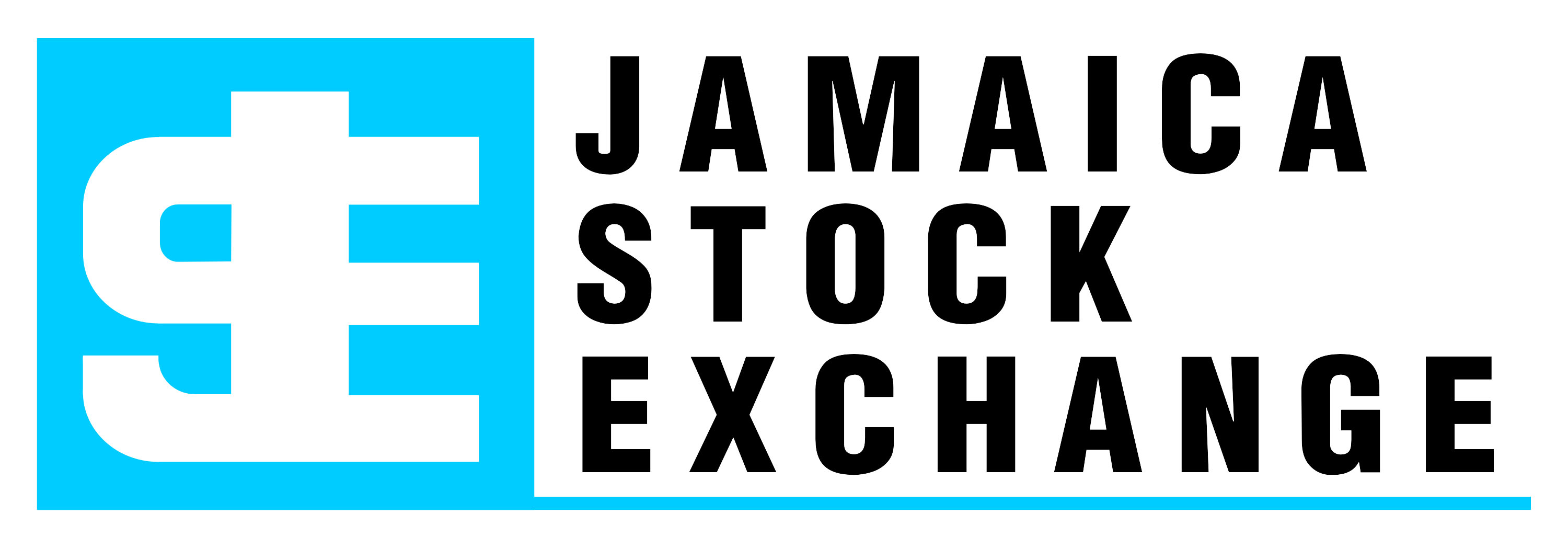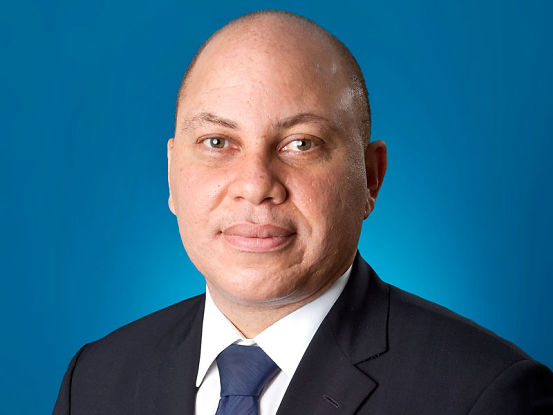
If you want to build loyalty for you and your organization, your products and your goals, you have to constantly refine your leadership talents.
Whether you’re working at the retail, distribution or manufacturing level; the development of a successful team means you must bring forth the extra effort and support required today to compete in a tough, aggressive, ruthless market.
Examining, evaluating, improving your skills is a tough, dirty job.
For example, after three months of developing and discussing a special group of prospects in your best salesperson’s territory, they still haven’t been contacted–even though everyone agrees that the goal for the quarter is to expand new business.
What do you do?
More likely than not, you lay down the law …tell the salesperson that by the end of the week, you want all of those prospects contacted and a report on your desk.
On Friday afternoon, your salesperson turns in his/her report and has opened three new accounts.
The job was done…it was done on time. But was it good leadership?
Some will say yes, because sometimes the end justifies the means.
Others would contend that it wasn’t good leadership because results were achieved in an undesirable manner.
Successful leadership would have resulted in the salesperson wanting to do the job at hand to support the entire team, rather than being forced to do it.
So is there a “right” kind of leadership?
It’s not “right” to take over responsibility that should properly be assumed by another member of your organization. When you do that, you lower his or her self-esteem.
It’s not “right” to issue edicts. The total scope of the program should be discussed with the individual involved.
Forcing obedience is never right–it destroys initiative. But, as our example illustrated, there is no “best way” to handle leadership.
There is no simple list of dos and don’ts to follow. Every individual and circumstance calls for a different type of leadership.
Forms of Leadership
There are three major methods of handling people:
1. Autocratic — With this type of leadership you, as the mana-
ger, assume full responsibility for all actions–individual
and group. You’re seeking obedience to specific orders. You
determine policy and decision-making as your prerogative.
Let’s say you’ve decided that you want to test-market a
product or service to see if there’s a need, if a market
exists, how it should be priced and what the competitive
situation is.
You prepare all of the necessary instructions and announce
the project to your staff. It’s not a matter open for discussion.
Sure, there are members of the organization who will predict
failure of the project. It’s your job to talk to them individually,
taking full responsibility for the outcome, and outline the
benefits you expect to be achieved. You divert arguments
and concentrate on how your staff can help get the information
needed.
If all else fails, you will have to demand that each indi-
vidual concentrates on getting the task accomplished.
2. Democratic — You will seek ideas and suggestions through discussions
and conclusions.
This approach is often used when you are working with your
staff to establish goals.
But let’s go back to our test-marketing example and
assume that the product or service was needed by your staff
to capture an even greater portion of the total market. In
the meeting, allow each individual to contribute his/her ideas.
The result should be a very productive meeting and an example
of productive leadership.
When possible, good leaders treat individual problems on a
democratic basis.
For example, you are a retailer selling to both consumer
and commercial accounts. One of your people appears to have
more talent in business situations than with consumers who
come in the door. Your job is to help the salesperson convince
him- or herself that he or she would be more successful
selling to businesses.
Then, it’s only a matter of discussing how to manage the territory
and selling effort.
3. Free-Rein — With this type of leadership you exercise
comparatively little direct control, but act as the prime source
of information, suggestions and authority.
This approach is best when you feel your staff is well-trained,
responsible and professional. This approach is often required in
sales organizations where people have to make immediate
decisions or if sales people are in remote areas and have little
direct supervision.
Free-rein leadership is used by most hardware/software
manufacturers and rep organizations. Within limits,
individuals set their own goals. Usually resulting in outstanding
performance.
Choose Your Method
There isn’t a best method of leadership … only the most appropriate for a particular
occasion. This means planning your actions for a given situation.
You can’t choose between autocratic and democratic leadership.
That’s like making a golfer choose either woods or irons.
During any golf game, they’re all used. Decide on the type of leadership that is needed based on:
1. Individual Personality — Some people only perform (and then
excellently) when a certain type of leadership is used.
For example, an aggressive, hostile type individual
does better if you are understanding but autocratic.
Recognize their hostility and control it.
An individual that is aggressive and cooperative will
perform better if your leadership is democratic or free-
reining. Since they are often perfectionists and enjoy
accomplishment for its own sake, their self- assertiveness
may be very constructive.
Individualists are most productive when they can operate
in a free-reining environment. This is assuming that
they know their job. If not, they need a firm but friendly
hand.
If you’re having leadership problems, it’s time to step back
and review the personality characteristics of each of your people.
Working with each individual, you can determine if you
have to modify your leadership style…or the individual isn’t
worth the effort.
But don’t think one review will solve your problems.
Constantly evaluate your people, your programs, yourself.
2. Situation — Changes in the market, a customer crises, new
products and policy changes often make new demands on the
type of leadership you use.
If quick decisions and fast action are necessary, you’re
going to have to be autocratic. If you lack information or
question your intuition, use the more democratic approach.
After all, the people who are on the front line contacting
customers or prospects can be helpful sources of input to
help make the best possible decision.
3. Organizational Flavor — The total make-up of your organi-
zation reflects the type of leadership that should be used.
Sometimes group needs and individual needs are quite
different.
If your organization has a large number of experienced,
cooperative people, then democratic leadership will work.
If you have a dispersed organization that seldom meets
and is made up of strong individualists, a mixture of the
leadership methods–depending on each situation– will be
best.
If your staff is largely untrained and undisciplined,
then autocratic leadership is a must. You have to be the
firm and decisive force that quickly makes the organization
productive.
If you have a highly trained and professional staff
including good engineers, good software people and good sales
people, then free-reining leadership will win out. These
people are usually quite creative and will solve the problems
they encounter. They require less guidance, just monitoring.
How About You?

The success of your leadership depends on whether or not you’re flexible enough to recognize the need for the different types of leadership … and are willing to change gears when necessary.
You have to determine what is best for each individual and each situation.
Just as you periodically evaluate each person who works for/with you, evaluate your operating style.

 Businessuite Women1 week ago
Businessuite Women1 week ago
 Businessuite News243 weeks ago
Businessuite News243 weeks ago
 Businessuite News242 weeks ago
Businessuite News242 weeks ago
 Businessuite News24 International3 weeks ago
Businessuite News24 International3 weeks ago
 Corporate Feature3 weeks ago
Corporate Feature3 weeks ago
 Businessuite Markets2 weeks ago
Businessuite Markets2 weeks ago
 Business Insights1 week ago
Business Insights1 week ago
 Businessuite Women3 weeks ago
Businessuite Women3 weeks ago








